

Our innovations set standards…
Start scrolling
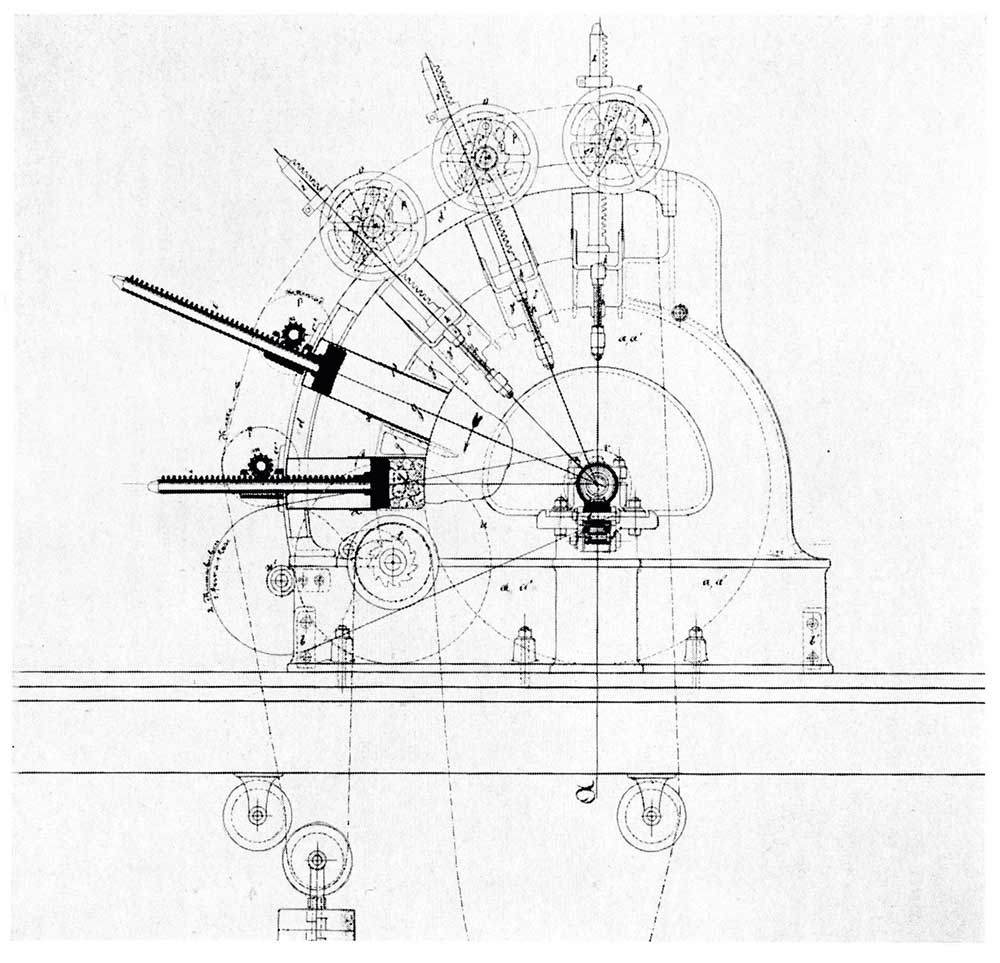
From then on, the prospering paper industry was the foundation for the growing success of Voith. The first patent for the wood fiberizing machine was followed by many others. In 1873, Voith was awarded the progress medal at the world exhibition in Vienna.
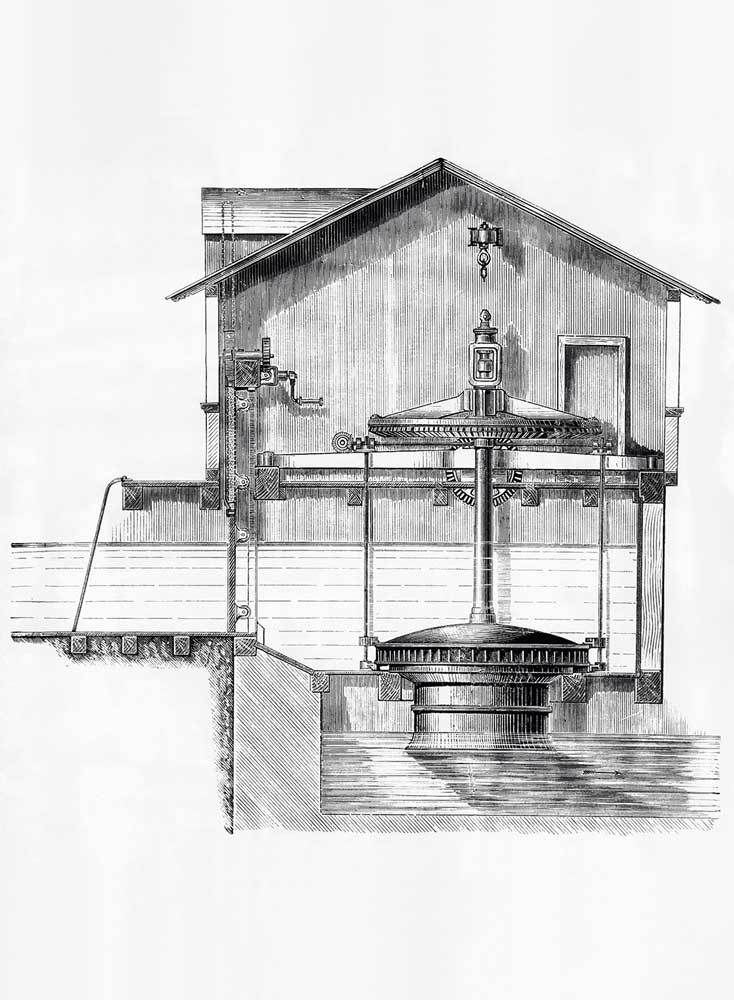
Friedrich Voith recognized early on that in addition to the paper demand in Germany also the energy hunger grew. From the 1870s onwards, the construction of water turbines became the company's second core business. Since at this time paper machines were mechanically driven by waterwheels, this was a logical derivation from the core business.

As an ambitious entrepreneur, Friedrich Voith was no longer confined to producing only individual components for paper machines. Voith did develop and design paper machines, which processed the raw materials to the final product. The first of this kind was then sold to Raitelhuber, Bezner and Cie. in Gemmrigheim on the Neckar.
.jpg)
The breakthrough in the third business segment, the gearbox construction, which was taken up in 1922, also succeeded: Based on the invention of the hydrodynamic power transmission by Hermann Föttinger, Voith developed the first hydrodynamic couplings. This was followed by new drives for rail and road vehicles.
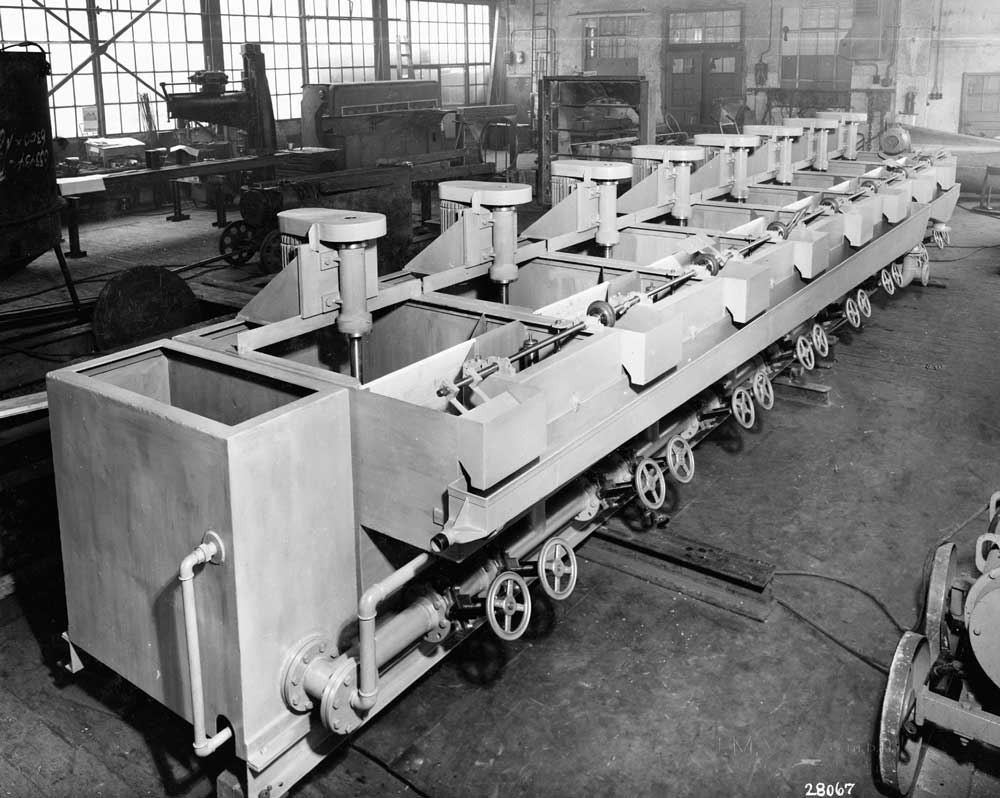
Voith thought further: In a time when environmental protection and resource conservation were not yet on the social agenda, Voith invented the flotation deinking process in 1960. With this technology, it is possible to withdraw the printer ink from the used paper - Voith was thus a pioneer for the resource-conserving recycling of paper.
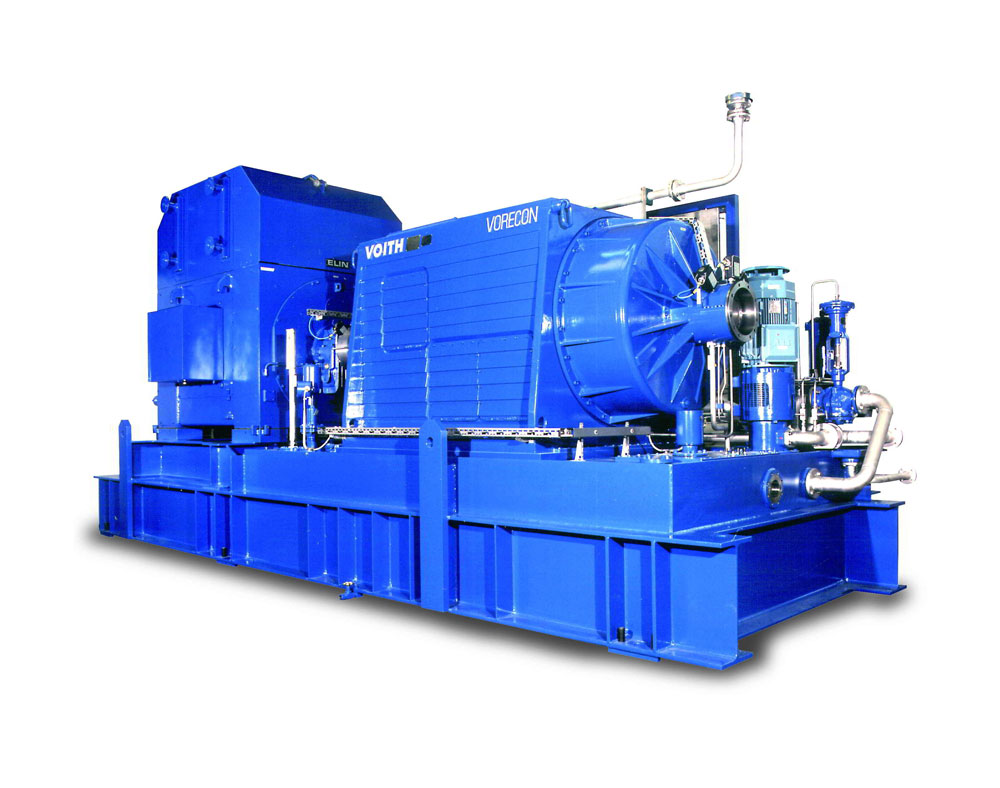
With the hydrodynamically controllable planetary gearbox Vorecon, Voith was once again expanding its product range. It regulates the speed of pumps, compressors and blowers, thus saving energy on a large scale.

Technologies that our customers rely on worldwide…
Start scrolling

This spectacular order excited the professional world. The power station company at the Niagara Falls ordered twelve Francis spirals in the years 1903 to 1912 with up to 12,000 hp - an unprecedented size at this time. With its successful execution, Voith did become a synonym for technological competence worldwide.
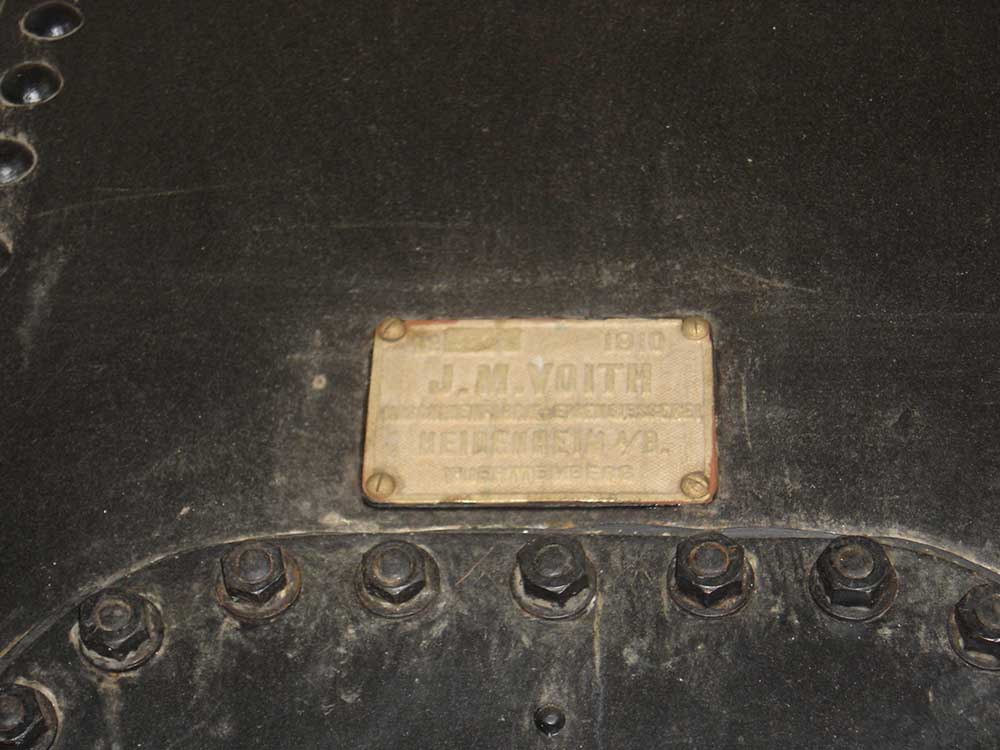
The first major order from distant China arrived in 1906 and was completed only four years later. The Swabian factory was gradually becoming a world-wide company.
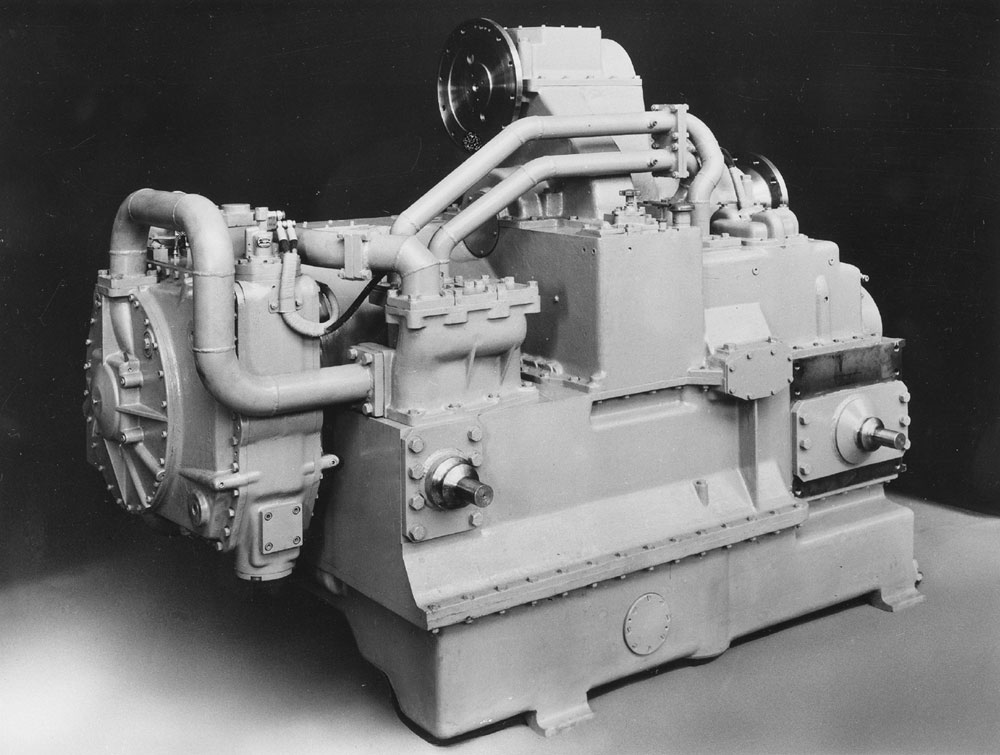
On the world market, Voith quickly returned to its former strength despite the war. Voith was able to revive and expand the once close foreign relations, which resulted in many export contracts.
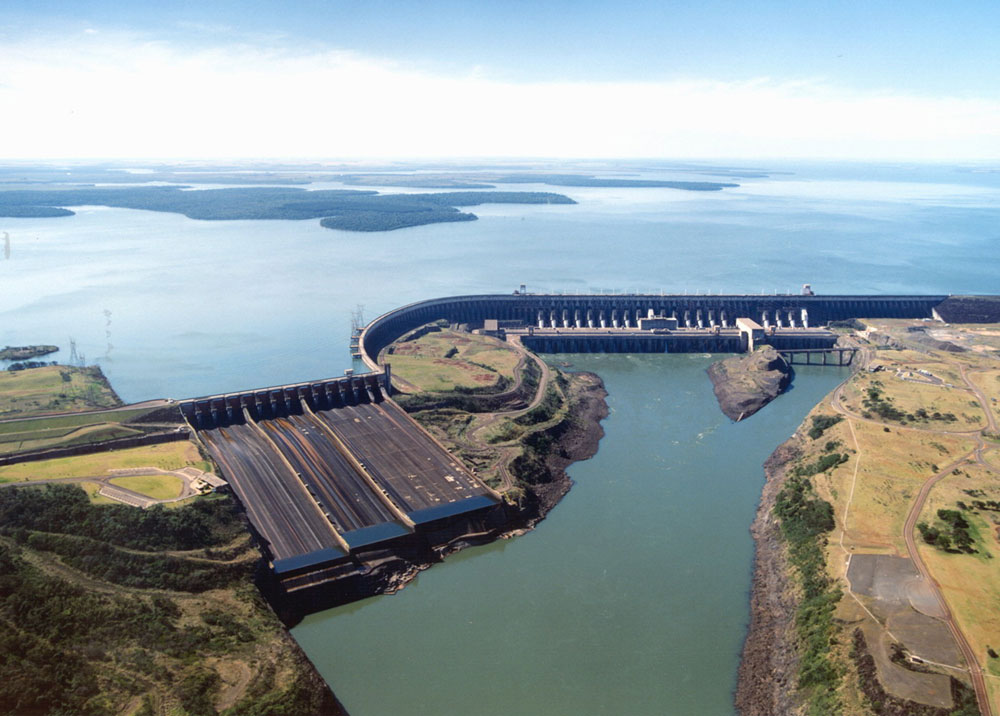
The growing global economy and the associated demand for energy became a gold mine for Voith: hydropower as a renewable energy source established itself - and so the business with hydropower was also developing well. 12 of the 18 turbines for the hydroelectric power plant in the border area of Paraguay and Brazil came from Voith.

For the largest hydroelectric power station in the world, Voith supplied six sets of engines with a capacity of 700 megawatts each. After completion, the hydroelectric power plant now supplies a total of 22,000 megawatts of power and can provide 100 million people with electricity. In the same year, Voith also delivered one of the most powerful paper production lines to Austria: the Triple Star.

From a small locksmith workshop to an international technology company…
Start scrolling
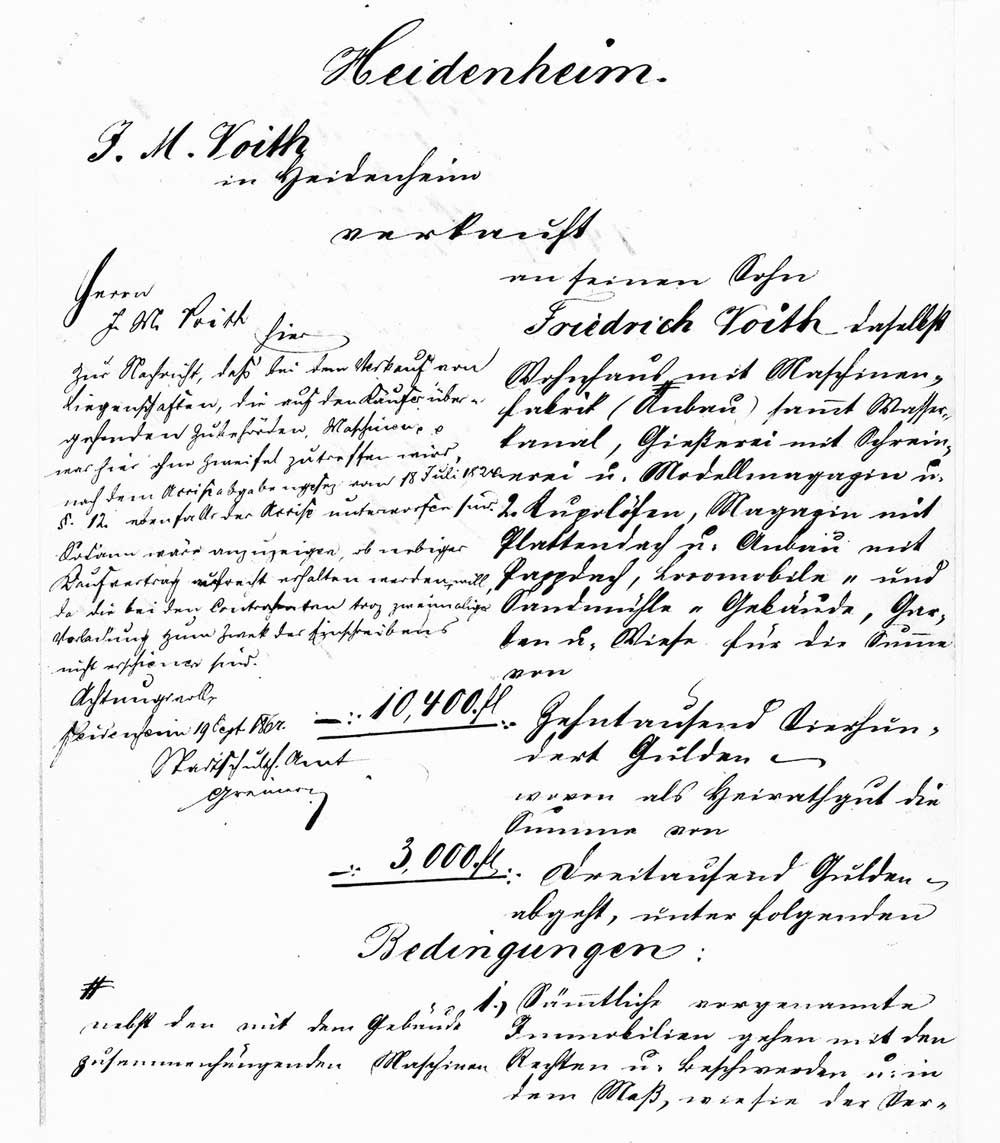
At the age of 22, Johann Matthäus had taken over his father's locksmith in Heidenheim. His urge for innovation and progress led to the early entry of the small company in industrial paper production. When handing over to his son Friedrich, the small locksmith business had become a thriving company with 30 employees.

In the conquest of lucrative markets, Friedrich Voith invested consistently: the plant in Austria with its 230 employees served to supply the Austrian-Hungarian and Russian market with paper machines.
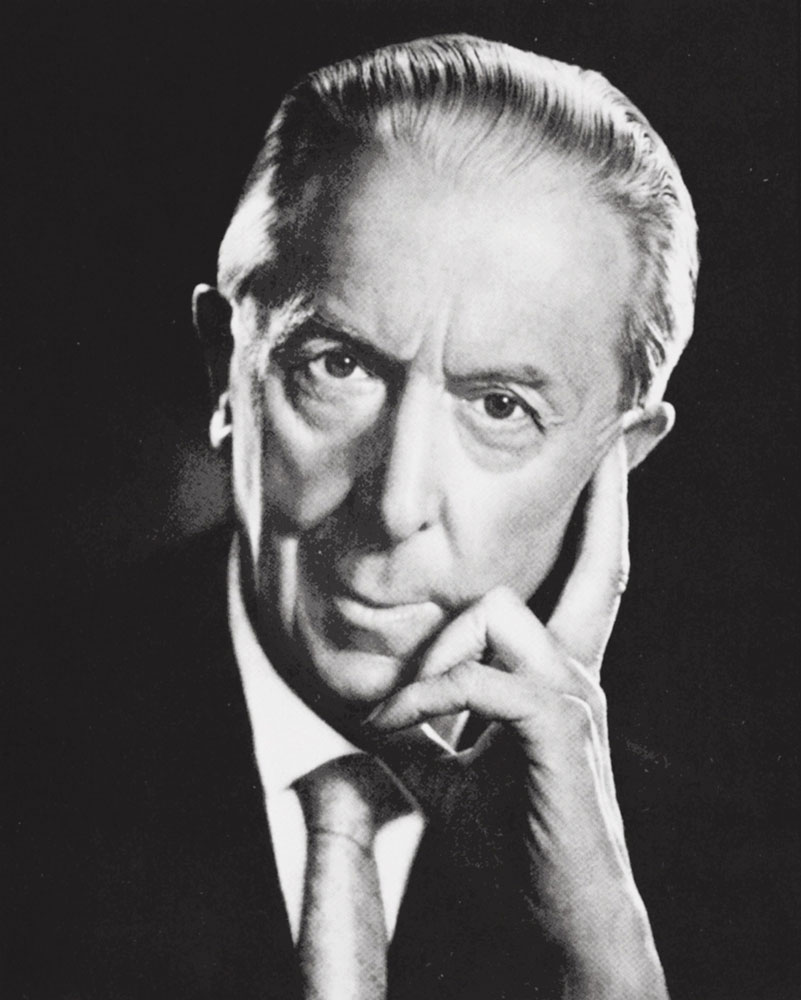
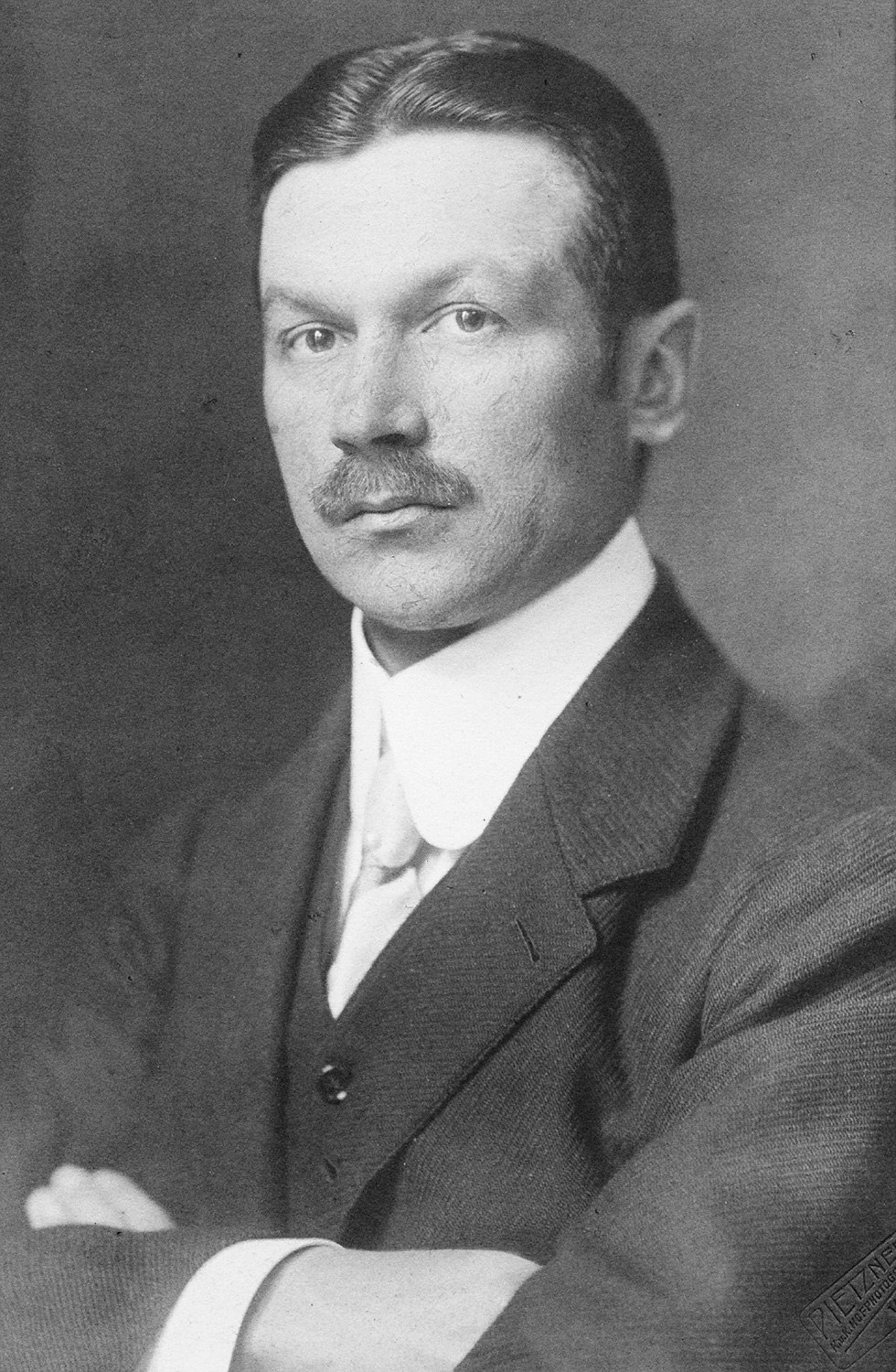
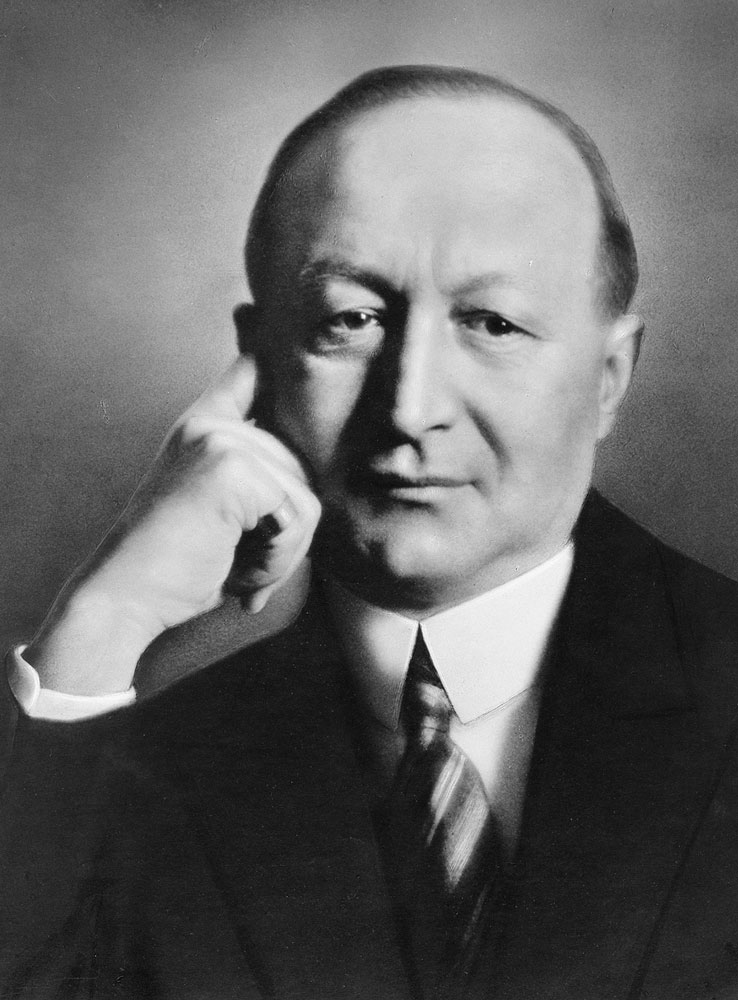
When Friedrich Voith died in 1913, he left his sons a flourishing machine factory. The workshop with around 30 employees had become a global company with around 3,000 employees thanks to innovative ideas, smart planning and bold decisions.
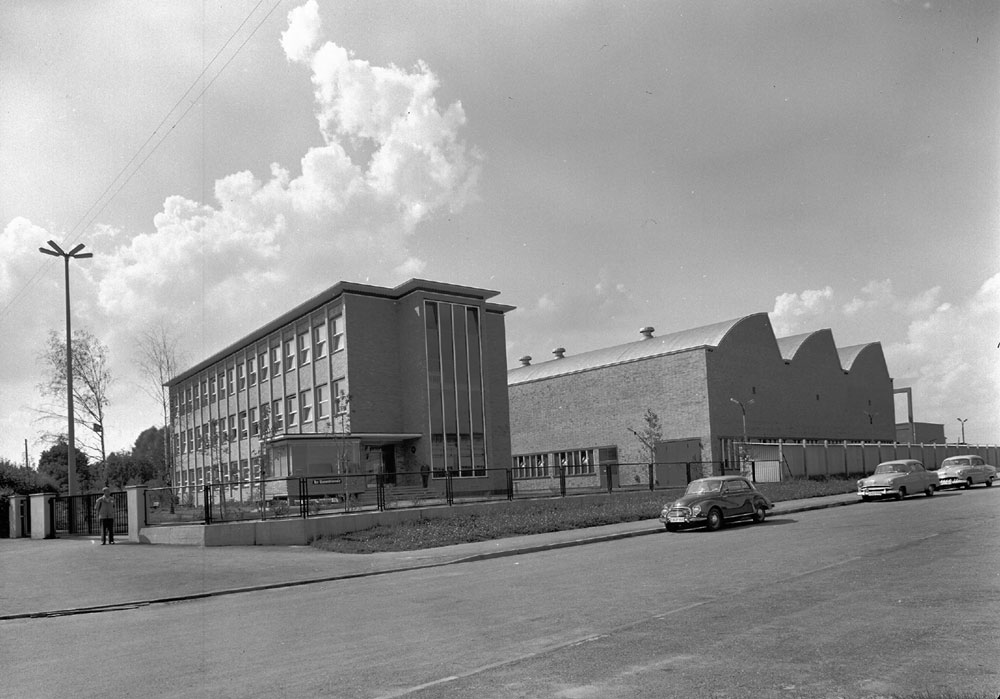
In the post-war period and the 1950s, employment in Germany rose sharply again. Millions of people had to commute to work every day, which resulted in an increase in public transport. Voith reacted to the new requirements quickly with the commissioning of the branch in Crailsheim.
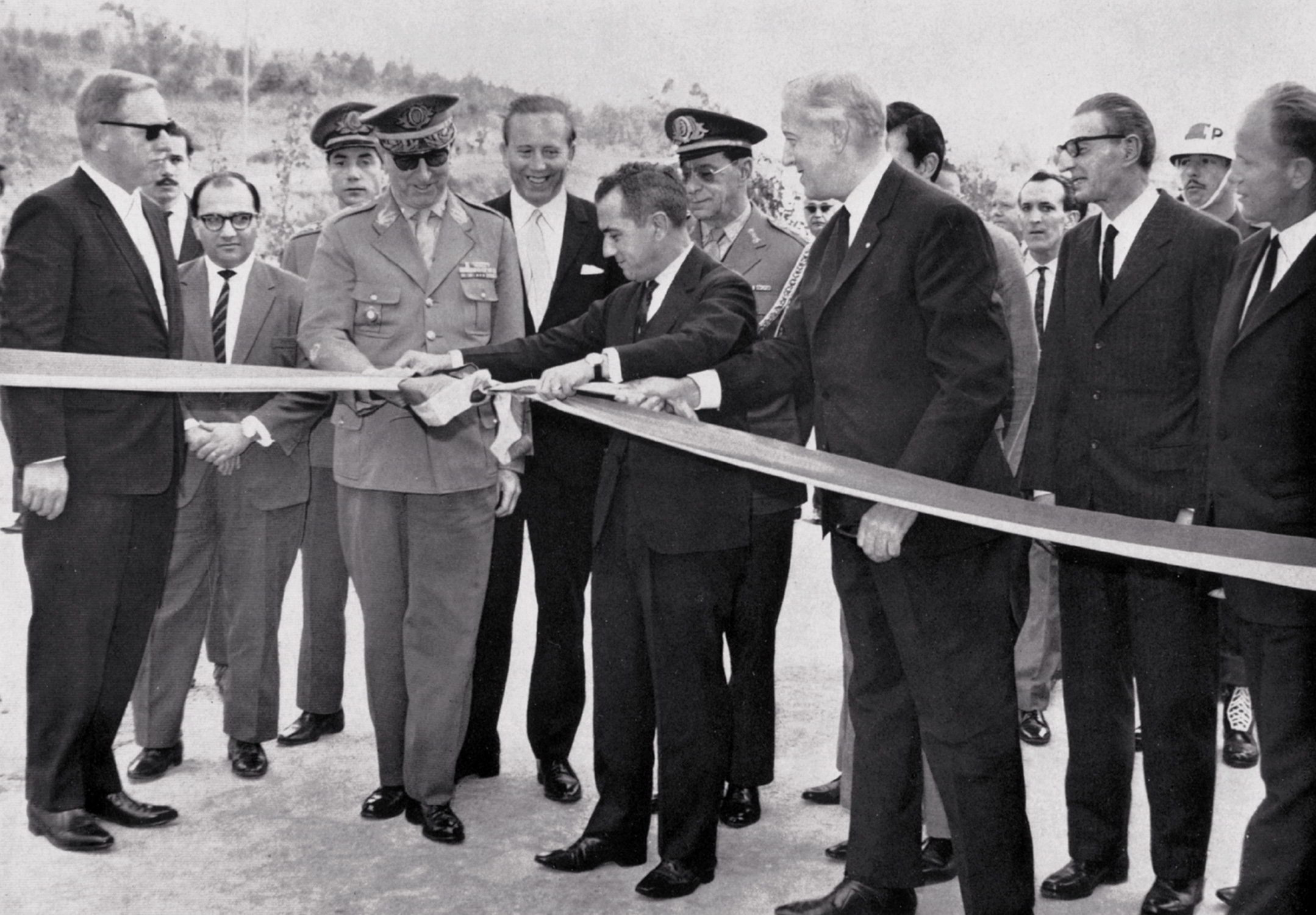
With its subsidiary in Brazil, Voith was also opening up the South American market. Again the right step at the right time: Many countries around the world were making their way to becoming modern industrial companies. Voith recognized this trend and entered the new markets early.

With strategic joint ventures and acquisitions, Voith was able to strengthen the market positions of its business segments. At the joint venture with Sulzer, Voith will acquire the majority of the shares in 2000.
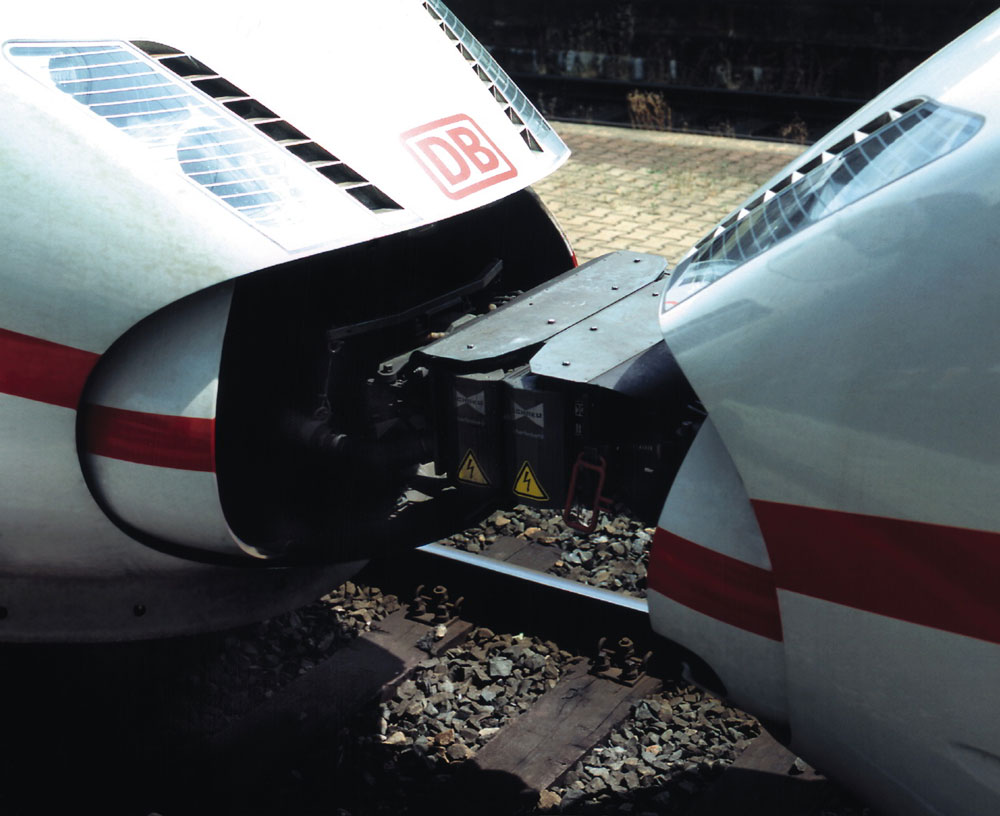
With the takeover of the company Scharfenbergkupplung, Voith was expanding and strengthening its position around rail transport and is now able to produce permanently-safe connections that are perfectly matched to their intended use.
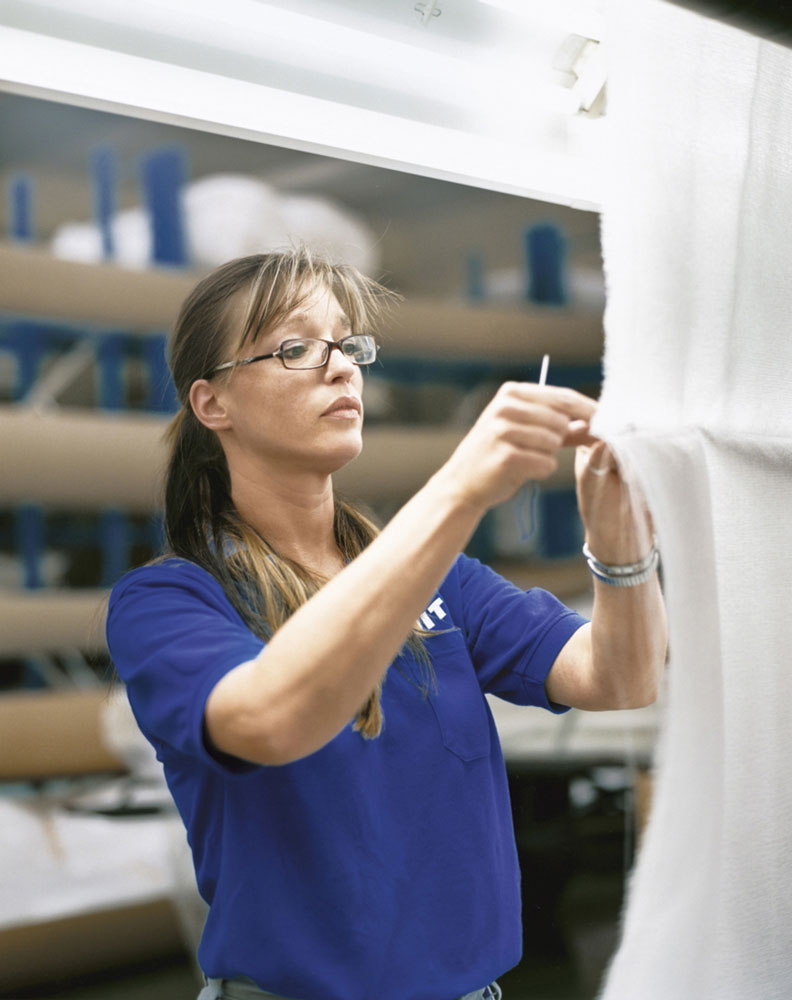
Voith acquired the business segments covering, roller cover and service from the British company. It still is the largest acquisition of the company's history.
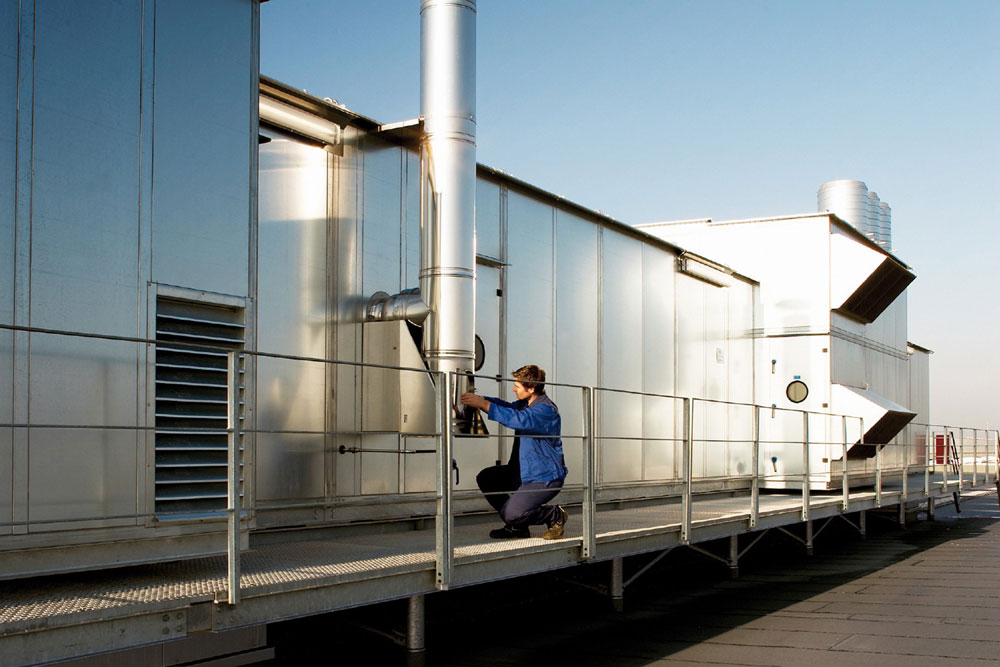
With the foundation of the joint venture between Voith and Siemens, the leading manufacturer of turbine technology and the leading generator supplier joined forces. From 2009 on under the name Voith Hydro, the joint venture has further been known for its high competence, excellent research and development, technical reliability and innovations, which are recognized worldwide.
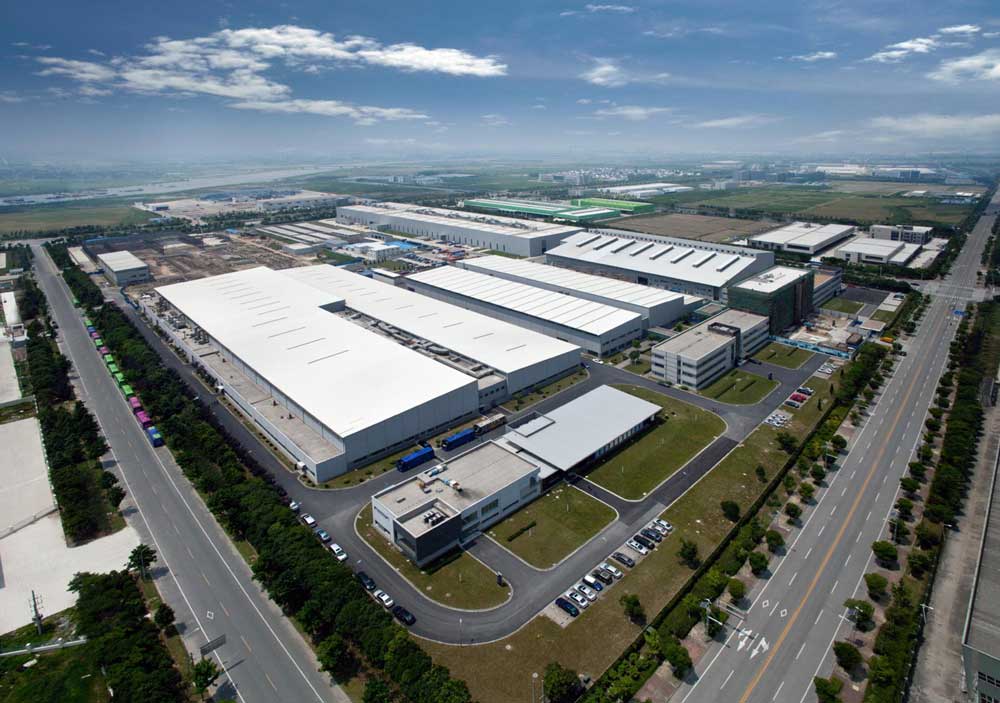
In 1996, a production facility for covering in Kunshan was established. After continuous expansion, the Center for Paper Technology for the whole Chinese market was officially opened in 2010. The new center covers over 70,000 m2 of office and production area.

The Voith Digital Solutions division is set up to accelerate the digital revolution. It is intended to bundle the group-wide digital and automation activities and help the company to play a major role in shaping digital change in the industries and markets.

Manpower is the most important success factor. That's why we invest in the education of our employees right from the start…
Start scrolling

Because Friedrich Voith was convinced that quality products can only be manufactured with a well-trained specialist workforce, he founded his own teaching workshop as early as 1910. The social benefits of Voith were also progressive for this time.
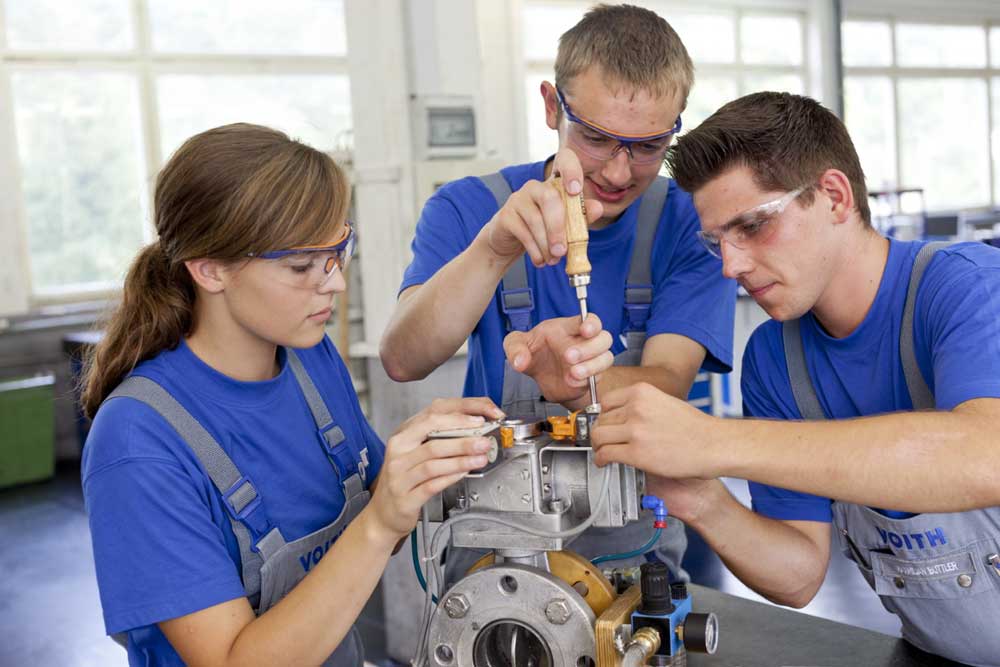
Voith strengthened its role as a pioneer in training 2014 with the opening of two training centers in Kunshan, China and Heidenheim, Germany. The principle founded in 1910, that Voiths training and qualifications are not only a marginal function, but the cornerstone of the innovative and globally active company, is thus continued.